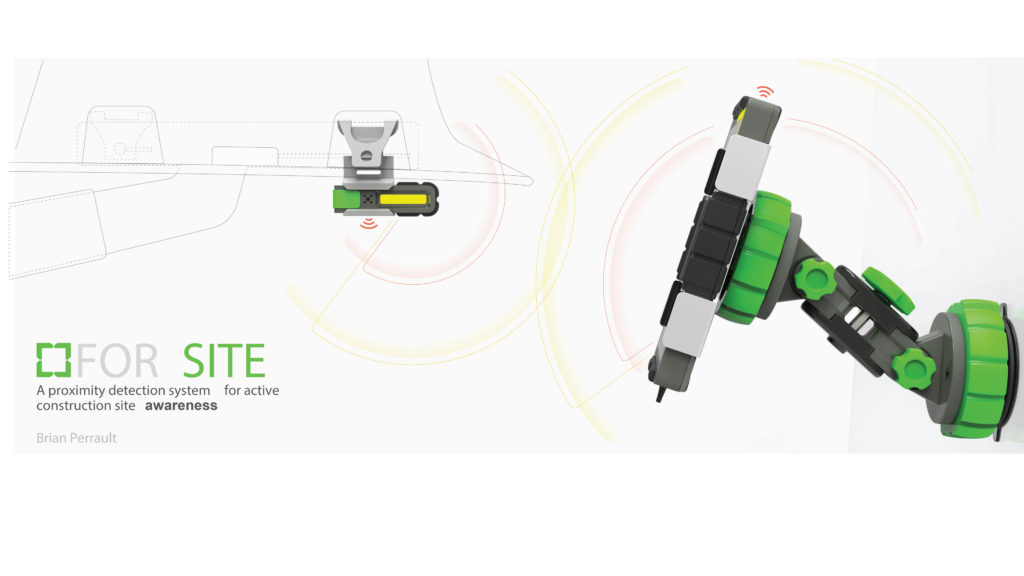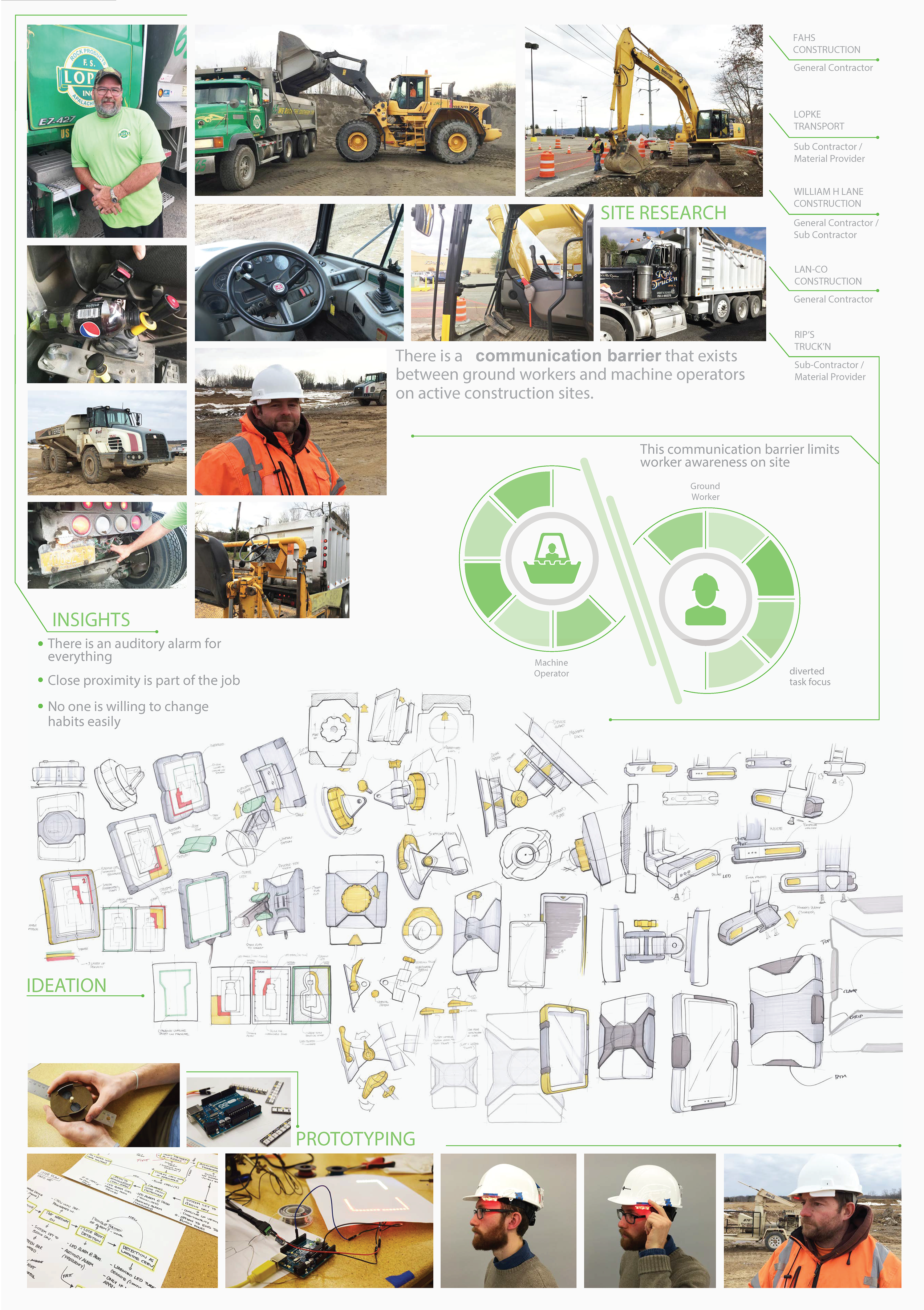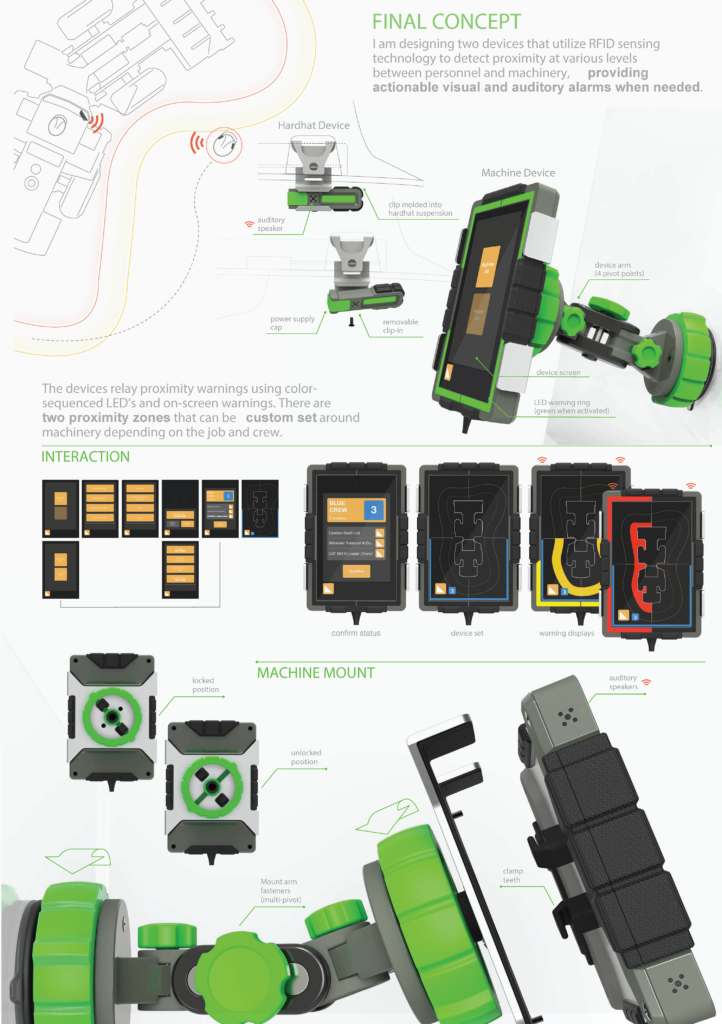Research, analysis, and solution of a major design problem selected by the student
to further his or her professional career. This course is the independent thesis design
studio focusing on improving an individual’s ability to process design research, develop
compelling design ideas, and manifest those ideas for presentation in a professional
manner.
The objective of this course is to improve independent design thinking and design
processing within the student. In addition, the course will challenge students take their
own initiatives to develop their own set of goals and deliverables to meet structured
predetermined deadlines throughout the semester, thus further developing
a professional work ethic or approach to design. A self driven approach to project
management is crucial.
Below a selection of advised thesis projects:
Jingfu Chen – Class of 2020
Thesis Project is in progress.
See recent ID projects here.
learn more about Jingfu Chen on linkedin.com
Julian King – Class of 2018
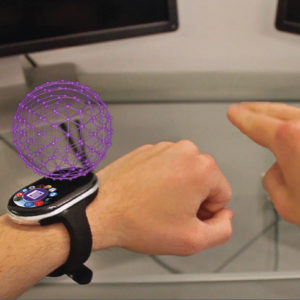
MIDAS is designed to improve the transition between 2-D and 3-D interfaces by fine-tuning the experience for users in augmented reality. By allowing for better gesture tracking through the dialogue established between the headset and itself, Giving users a sense of touch through haptic feedback, and providing a physical connection that allows for the transfer of information between 2-D and 3-D.
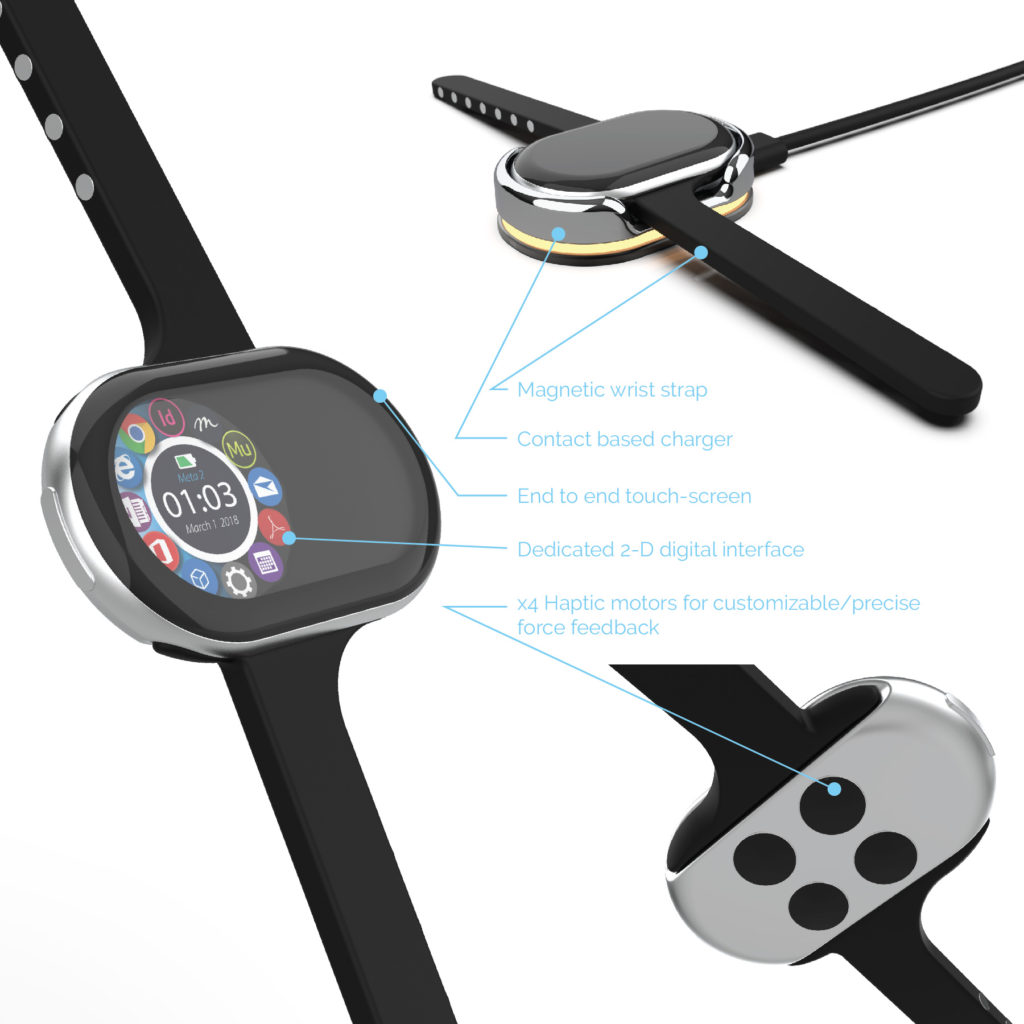
learn more about julian king on linkedin.com
Erol Ozcelik – Class of 2017
“From waking up in the morning to the moment you shut your eyes. Think about all the interactions you went through since you took that first step out of bed. The cell phone to check the time to turning the doorknob into the bathroom.
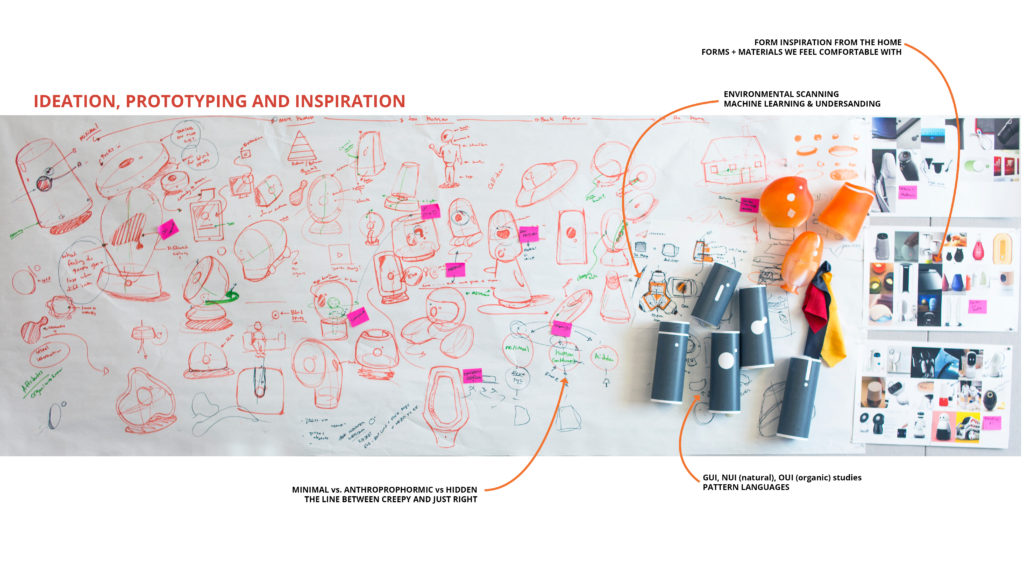
How are you interacting with these objects? From swiping your screen to pushing the elevator button – we interact with objects in a way where we press, push, speak to our objects knowing that they are going to reply right back with exactly what you expected.
Throughout this day, now think about the interactions with people you’ve made – the unexpected meet-ups, the waving across the room to a smile on a face. When we communicate with each other we have many learning outcomes from both parties what if your objects could learn about you and you learn from your objects? How would the relationship between you and your products change?
In this exploration, I look to an alternative user experience into how we can interact with our products within our own homes. From exploring behavioral studies of the gestures in a space to understanding machine learning and artificial intelligence. As new technologies come out, we need to start exploring the possible changes in our interaction with our products – to study what is ethically right or morally wrong. At what point does a user give up too much security for the sake of a different experience? ”

learn more about erol ozcelik on linkedin.com
Brian Perrault – Class of 2016
This is a design concept for a proximity detection system for active construction site awareness. Two devices are designed that utilize RFID sensing technology to detect proximity at various levels between personnel and machinery, providing actionable visual and auditory alarms when needed.
